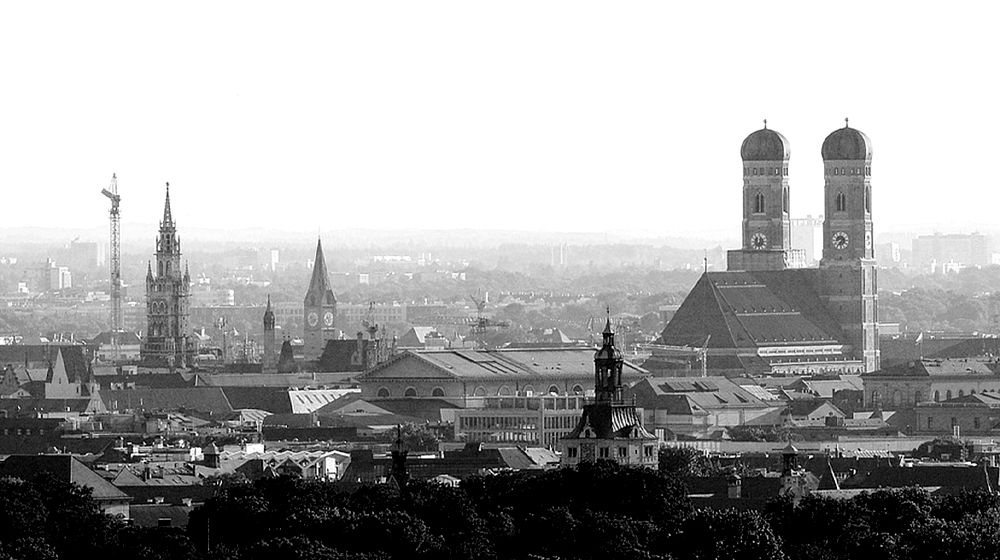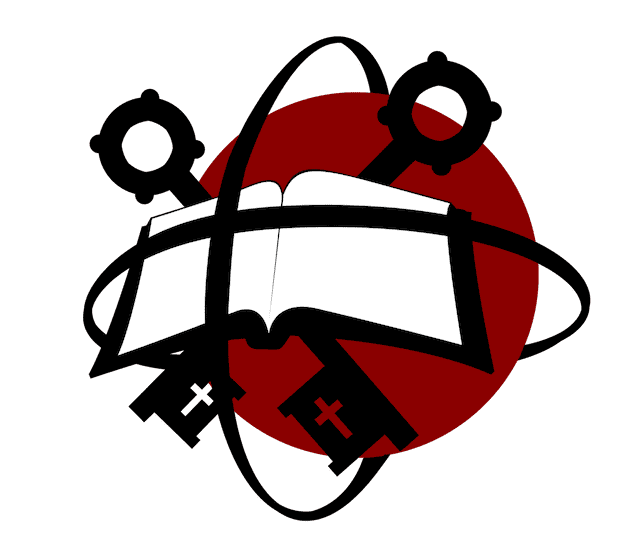Urban Symbolism. Prof. Dr. Peter J.M. Nas
The city is my classroom as my students and I go out there to do fieldwork. That is the most adequate thing to do in relation to the topic we study and the special methods we use, namely urban symbolism and participant observation with mental maps and interviews. Let us first talk about the city, then about the study of urban symbolism and subsequently about our methods of research.
The city
The city basically is a social process of increasing division and specialization of labour leading to further growth, wealth and even welfare. This also implies that cities are heterogenic places consisting of many aspects that function to keep the urban community together and keep it working and livable. These are the spatial and morphological, economic, socio-political and symbolic-ritual aspects or dimensions, which of course are the study fields of many sciences, such as geography, architecture, sociology, politicology, history, art and so on.
My work as an anthropologist is directed towards the study of the soul, the character of the city as expressed in the symbolic dimension, which to a certain extent is implying many of the other dimensions depending on the particular city researched.

Urban symbolism
My basic thesis is that all cities have a soul, a character, that is expressed in the symbolic dimension. However, the soul or identity of cities may differ greatly in relation to the symbolism they use.
First we have to distinguish a sign from a symbol. A sign is a material expression having one meaning, as it stands for what it is referring to. In contrast, a symbol is a material expression standing for something else and thus having a meaning outside itself. For example the sign WC refers to a certain place and nothing else. But a statue of a king refers to the person but also the nation and his contributions made to keep the state going: person and nation.
So, symbols may have more meanings which also may differ for various groups or categories in the city. A statue may be disputed referring for some people to a hero, but for others to a murderer or slave trader or both, such as nowadays is frequently happening in The Netherlands and other countries.
Symbols in cities can be settled in various domains such as the state, religion, science, professions, etc. Cities have a hierarchy of symbols ranging from international, national, to regional and local. They may be topdown or bottomup in character, simple or elaborate, and rudimentary, christalized or in transition. They may be based on layout, architecture, statues and landmarks, streetnames, poems, stories and myths of origin, as well as the history of the city and presentations on internet. I mark four types of urban symbolism. (1) Material symbolism: for example, in Jakarta the monuments in concentric zones from the colonial, Sukarno and Suharto periods to the modern democratic era. (2) Discursive symbolism: such as of the city of Banyuwangi with its elaborate myth of origin that explanes its name. (3) Iconic symbolism: as found in the German pilgrimage city of Kevelaer with the picture of Mary in a small chapel. (4) Behavioural symbolism: determining the character of the small university town of Leiden in The Netherlands, where on the 3th of October all sorts of festivities take place in remembrance of the failed siege of the Spaniards in 1574. The festivities constitute a reversal ritual with the people taking the lead and in which the city state and God are included.
I myself have researched a number of Indonesian cities and my students have carried out studies in many different large cities in the world during their three months fieldwork period. The city was our classroom (Nas, ed., 1993; Nas and Samuels, eds., 2006; Nas, ed., 2011; Nas, 2012).
The anthropologist as “flaneur”
In the nineteenth century the concept of flaneur was coined by Charles Beaudelaire. As I have formulated earlier (Nas, 2012), he describes the flaneur as a stroller, a wanderer who has no specific relationship with the urban places he or she is interested in. The flaneur is an observer and participant collecting general knowledge about the city to obtain an intimate understanding of the views expressed by certain groups and categories of inhabitants. Besides being an observer and a participant he is also a detective, because his ultimate goal is to combine all he has learned into one narrative, which will unite the fragmented views about the symbolic order held by the inhabitants into one single model and thereby expose the soul of the city, its structure and dynamics.
So, the urban anthropologist as a flaneur, firstly confronts his own background with the city researched, familiarizing with its history and culture, its layout, landmarks, touristic places and so on. Secondly, he continues to talk with as many people as possible on what they see as important about the city and to visit the places mentioned. Key informants may play a prominent role in this phase of the research. After mastering a general overview of the city, thirdly, he begins to ask a number of different people to draw a map of the city; a socalled mental map on which the person sketches the places, object and phenomena he considers important. He also elaborately speaks about the mental map and the meaning of elements drawn on it. Fourtly, he combines the mental maps and his own knowledge of the city in an iterative proces that creatively integrates all the partial views in one complete narrative on the soul of the city, on its character as he constructs it himself, on a model of the city that often amazes the citizens although they also recognize themselves in it.
Concluding remark
Of course it is possible to make a study of one aspect of a particular city, such as its layout, morphology, history, social life, culture, religions or economy. However, when one is aiming at a fullfledged monography of a city, a monograph covering the whole range of aspects, nowadays, after the development of urban symbolic theory, the symbolic dimension cannot be ommitted anymore. For, in a monograph the symbolic-ritual dimension deserves a prominent place. This dimension of the city in its present condition and its earlier appearances by its all-inclusiveness with regard to the meanings hold by the citizens makes up the heart of the matter, the soul of the city.
References
- Nas, Peter J.M., ed., Urban symbolism. Leiden: E.J. Brill, 1993.
- Nas, Peter J.M. and Annemarie Samuels, eds., Hypercity: The symbolic side of urbanism. London: Kegan Paul, 2006.
- Nas, Peter J.M., ed., Cities full of symbols. Leiden: Leiden University Press, 2011.
- Peter J.M. Nas, The urban anthropologist as flaneur: The symbolic pattern of Indonesian cities. In: Wacana, Jurnal Ilmu Pengetahuan Budaya/Journal of the Humanities of Indonesia, vol. 14, no. 2, pp. 429-454, 2012

